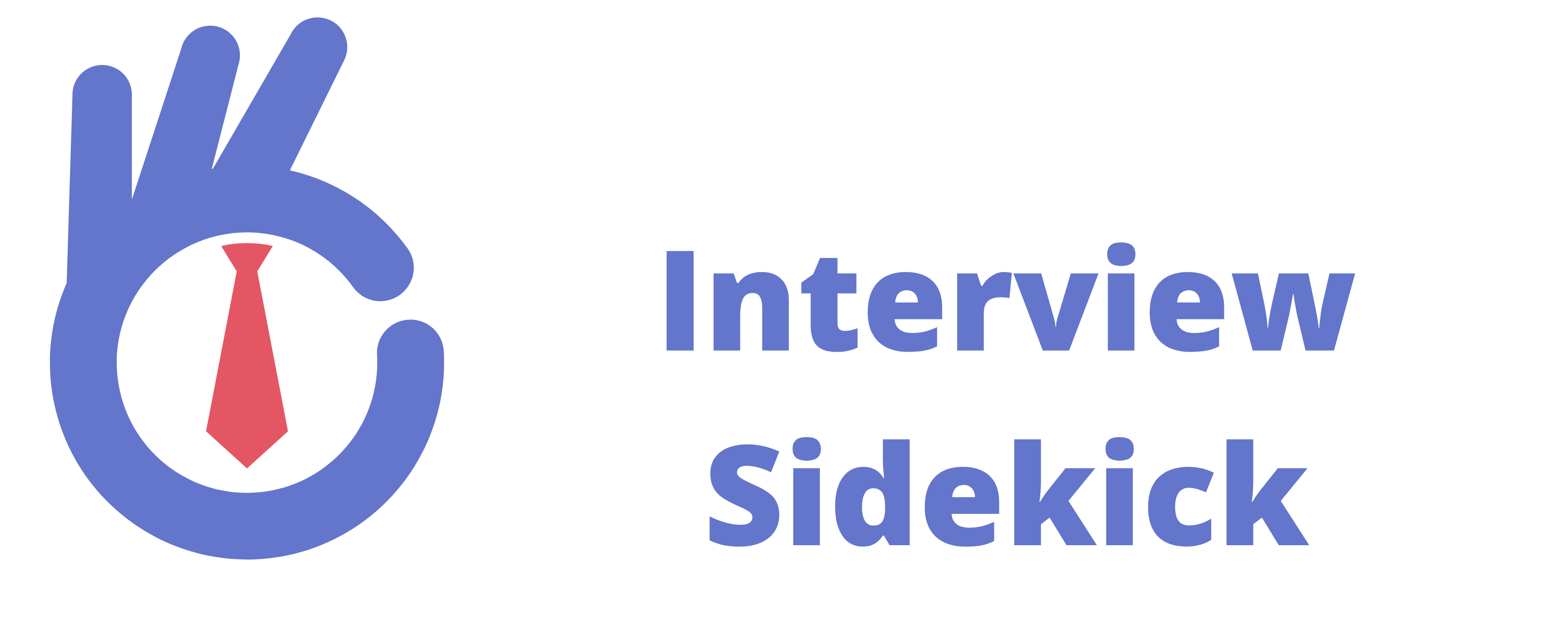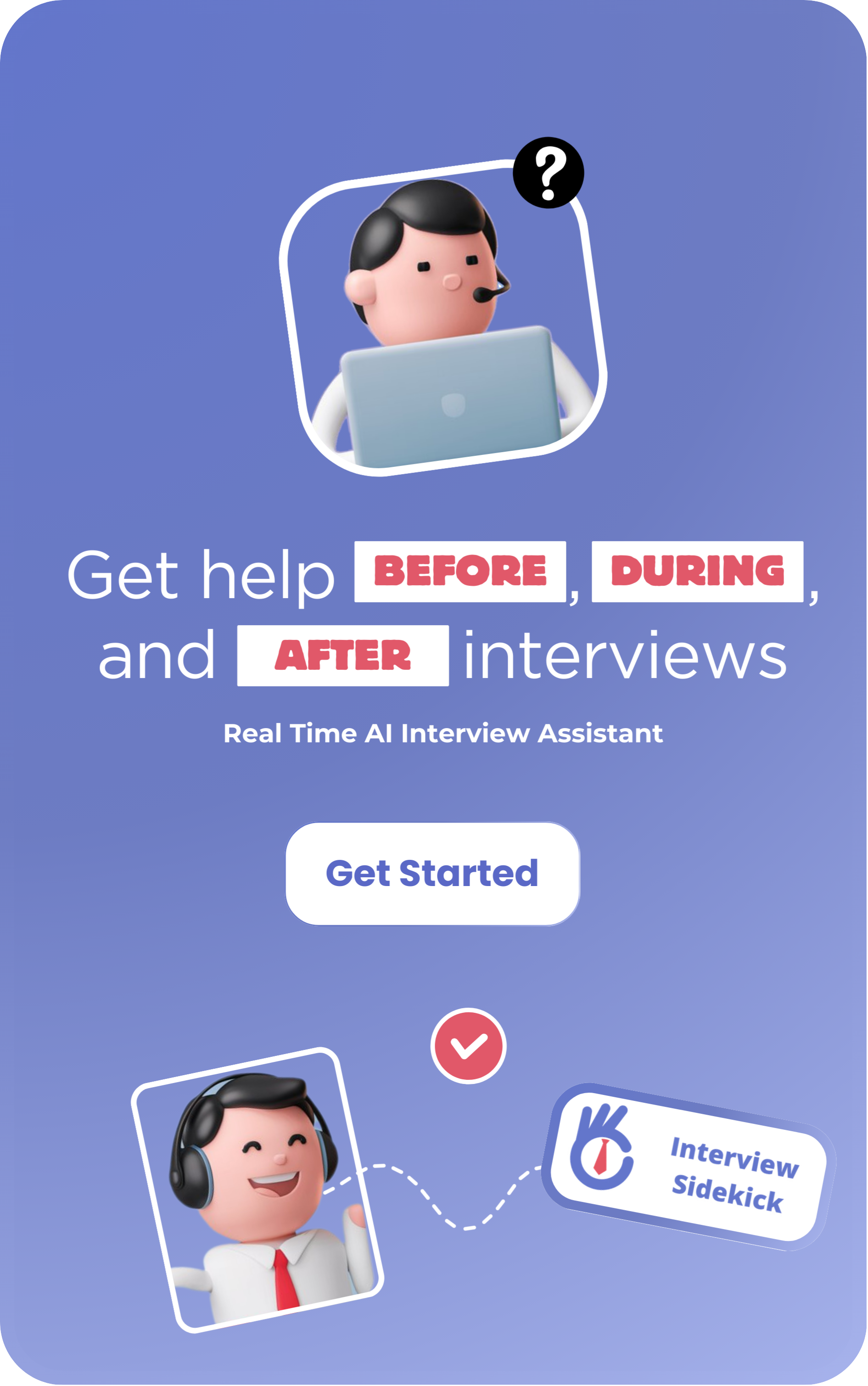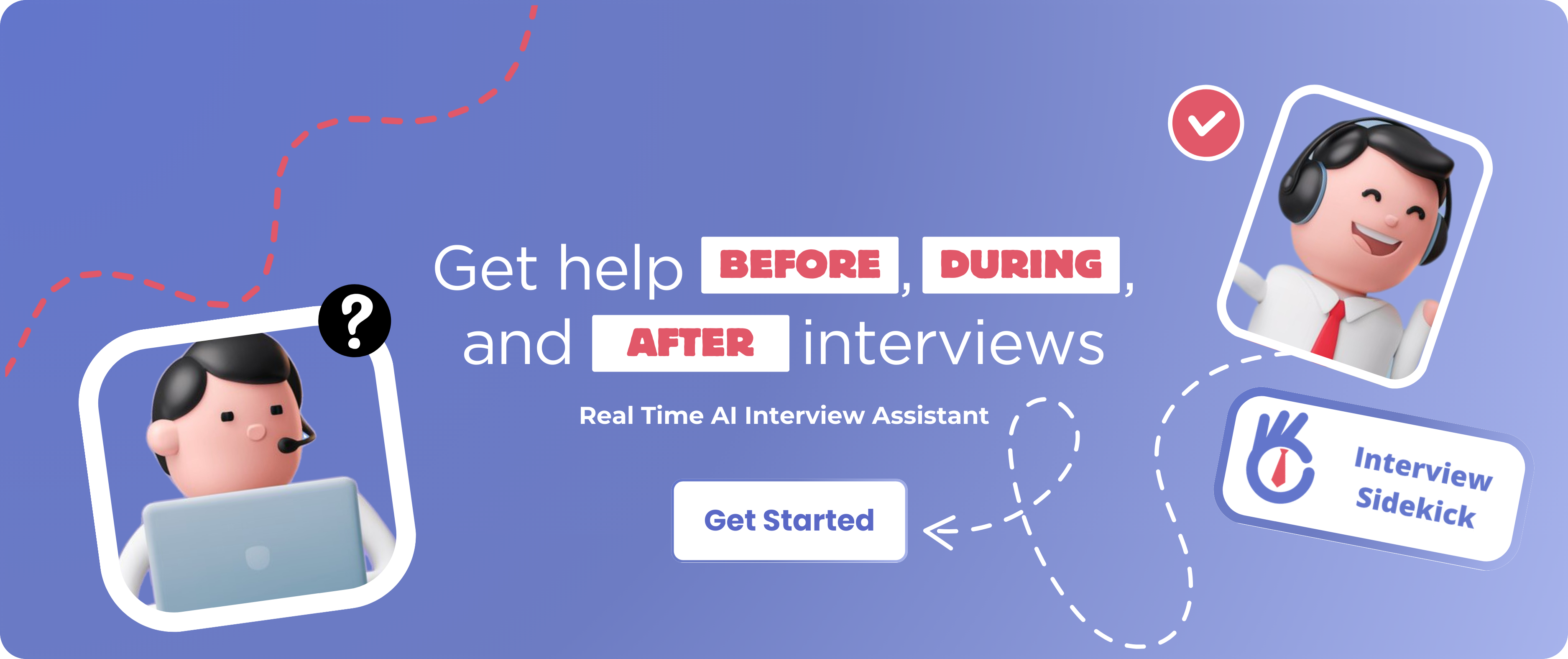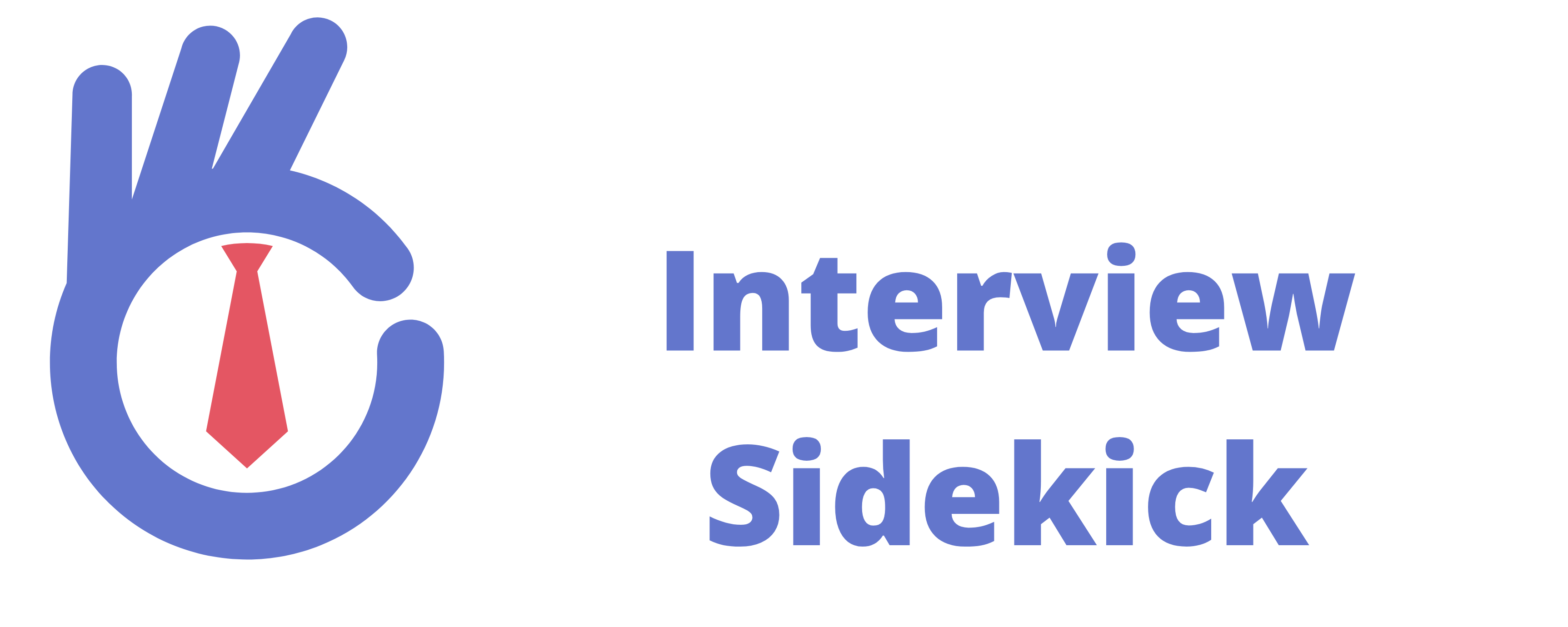Feeling overwhelmed with endless topics and uncertain where to start? You’re not alone. Firmware Engineer interview preparation can be challenging, but a clear, structured roadmap can help you tackle those pain points head-on and boost your confidence. Here’s an engaging guide to help you navigate your journey—from day one to interview day.
Overcoming Common Interview Prep Pain Points
- Topic Overload: With countless subjects like embedded programming, low-level debugging, hardware interfacing, and behavioral questions, it’s easy to feel lost.
- Lack of Structured Guidance: Without a clear plan, you might focus too much on one area while neglecting others.
- Time Management: Balancing preparation with your daily routine can be stressful.
- Insufficient Real-World Practice: Simulating real firmware development scenarios is challenging without the right labs and tools.
- Feedback Gaps: Limited feedback may slow your progress, and imposter syndrome can undermine your confidence.
Your 4-Week Preparation Roadmap
A dedicated, week-by-week plan can turn chaos into clarity. Here’s a suggested 4-week timeline that covers all the essential areas for Firmware Engineer interviews.
Week 1: Build Your Foundation
Focus: Core Firmware Concepts & Basic Programming
Daily Goals:
- Day 1-2: Review core concepts of embedded systems and firmware design, including microcontroller architectures, memory management, and basic electronics principles.
- Day 3-4: Brush up on low-level programming languages (C/C++), focusing on syntax, pointers, and interfacing with hardware.
- Day 5: Study the fundamentals of assembly language and understand how firmware interacts directly with hardware components.
- Day 6: Work on simple projects using development boards (e.g., Arduino or STM32) to apply your programming and electronics knowledge.
- Day 7: Reflect on your learnings and use our Interview Question Generator for foundational practice questions.
Tip: Combine theoretical study with hands-on projects to build a strong foundation in firmware development.
Week 2: Dive into Hardware-Software Integration & Debugging
Focus: Interfacing, Communication Protocols, & Debugging Techniques
Daily Goals:
- Day 1-2: Learn about hardware-software integration—study communication protocols like UART, SPI, I2C, and GPIO interactions.
- Day 3: Explore advanced debugging techniques using tools like JTAG debuggers, logic analyzers, and oscilloscopes.
- Day 4: Practice writing and debugging firmware code that communicates with various peripherals (sensors, actuators, etc.).
- Day 5: Work on coding exercises that focus on error handling, real-time constraints, and interrupt-driven programming.
- Day 6: Build a mini-project that integrates multiple communication interfaces to solidify your debugging and integration skills.
- Day 7: Reflect on your progress and simulate integration-focused interview questions using our Interview Question Generator.
Tip: Hands-on practice with debugging tools will sharpen your ability to diagnose and fix firmware issues.
Week 3: Master Advanced Topics & Performance Optimization
Focus: Real-Time Systems, Power Management, & Optimization
Daily Goals:
- Day 1: Study real-time operating system (RTOS) fundamentals and understand task scheduling, synchronization, and interrupt handling.
- Day 2: Learn about power management and low-power design techniques crucial for battery-operated devices.
- Day 3: Explore performance optimization strategies—optimize code for speed and memory efficiency, and understand compiler optimizations.
- Day 4: Focus on advanced topics such as bootloaders, firmware updates, and secure firmware design.
- Day 5: Work on a case study or mini-project that challenges you to optimize a firmware application under resource constraints.
- Day 6: Engage in whiteboard sessions to design a firmware system that balances real-time performance and power efficiency.
- Day 7: Summarize your learnings and prepare a mock presentation on your advanced firmware design and optimization strategies.
Tip: Whiteboard practice will help you articulate your design decisions and optimization strategies clearly.
Week 4: Polish Your Behavioral & Soft Skills
Focus: Behavioral Interviews, Portfolio Review, & Mock Sessions
Daily Goals:
- Day 1: Prepare your portfolio by reviewing past firmware projects, lab exercises, or case studies. Be ready to discuss your design decisions and challenges.
- Day 2: Outline key experiences using the STAR method (Situation, Task, Action, Result) tailored to your firmware projects.
- Day 3: Record yourself answering common behavioral and technical questions to identify areas for improvement.
- Day 4: Conduct mock interviews focusing on both technical firmware scenarios and soft skills.
- Day 5: Seek feedback from peers or mentors and refine your responses.
- Day 6: Practice articulating your problem-solving process, how you troubleshoot firmware issues, and your approach to system optimization.
- Day 7: Reflect on your progress, relax, and boost your confidence with final rounds of mock sessions using our Interview Answer Generator.
Tip: Effective communication of your technical expertise and soft skills is essential to excel in your interview.
Bringing It All Together
By following this roadmap, you’re not only addressing the common pain points of interview preparation but also ensuring that every aspect of your Firmware Engineer interview is covered. Remember:
- Break It Down: Tackle one component at a time—don’t try to master everything in one go.
- Stay Consistent: Even short, focused sessions add up over time.
- Use the Right Tools: Leverage interactive tools like our Interview Question and Interview Answer Generators to simulate real interview conditions and receive valuable feedback.
- Believe in Yourself: Everyone faces challenges; your dedication and structured plan will set you apart.
Start your journey today, and turn every challenge into an opportunity for growth. With clear steps and the right mindset, your dream role as a Firmware Engineer is well within reach!
Happy prepping, and here’s to your success!




